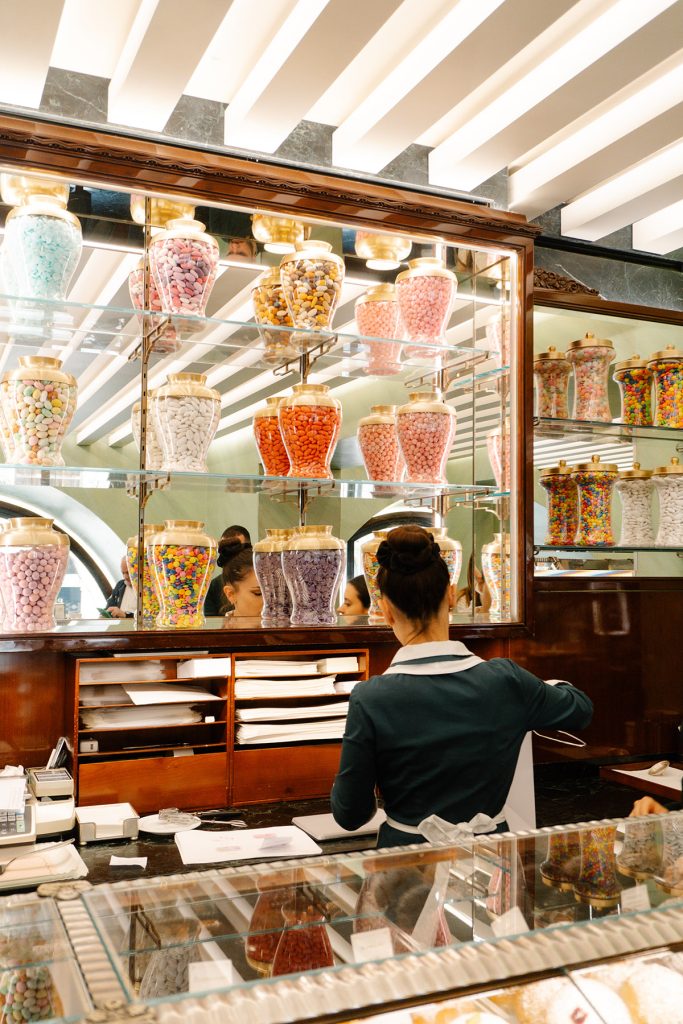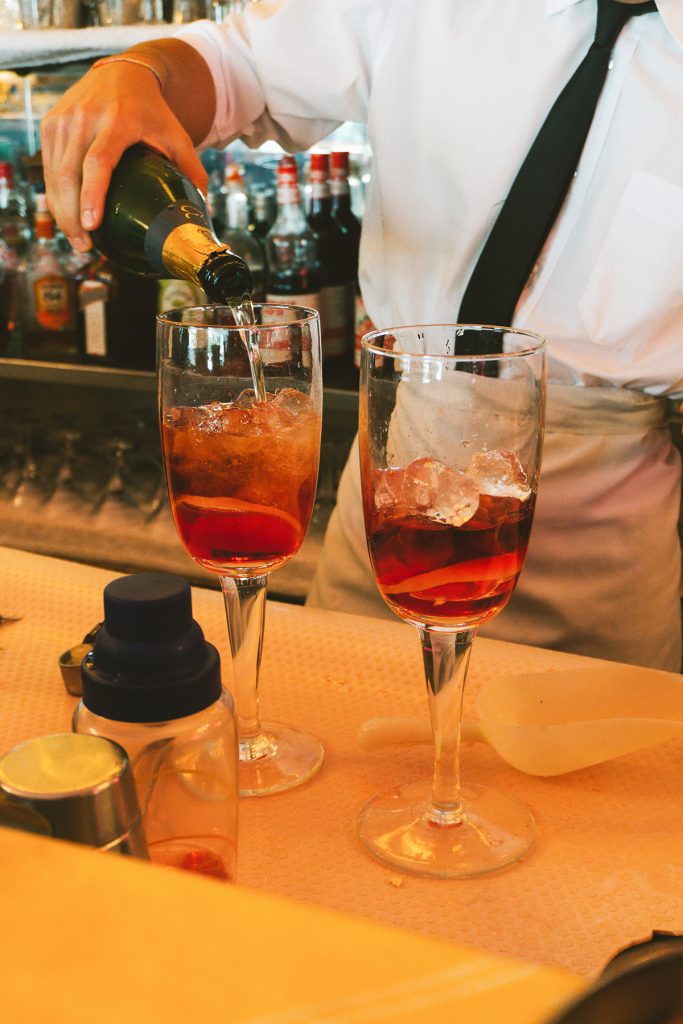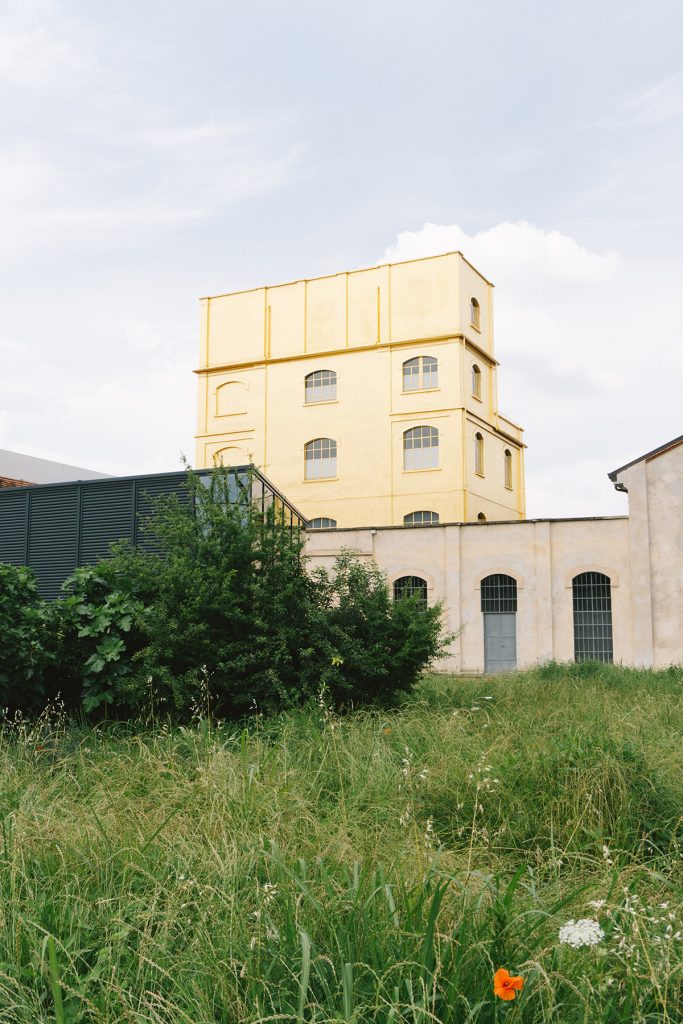Photography–Sara Lorusso
Ori Kafri shares his tips on where to eat, drink and wander in Italy’s design capital.
Decidedly more modern and progressive than Rome and Florence, Italy’s design and fashion capital holds an understated elegance that can be seen in everything from its beloved sartorie tailoring workshops and renaissance architecture to its buzzing aperitivo culture. As you wander Milan’s streets, you’ll find a wonderfully eclectic blend of new and old: cutting-edge apartment towers alongside ancient cathedrals; classic midcentury bars neighbouring art nouveau-era cake shops; 80-year-old trams rattling past the newest, shiniest Ferraris.
For hotelier Ori Kafri, who is soon to open his latest outpost in Milan’s fashion district, the city is Italy’s most ‘European,’ with an ambitious attitude and unique style. Here, Kafri shares some of his favourite Milanese experiences.



How often are you in Milan? At the moment I am travelling to Milan at least once a week. The journey is just under two hours by train from Florence so is very easy.
Where to for breakfast? For coffee I like to go to a very classic and traditional pasticceria and bar called Sant’Ambroeus in Corso Matteotti – a local institution serving beautiful pastries and cakes. For lovely pastries and impeccable service, I might also opt for Marchesi 1824 (the original location on via Santa Maria alla Porta, in Magenta), a beautiful pasticceria founded in 1824 and now part of the Prada group. For cornetto [croissant] or Kranz (a delicious legacy of the Milan’s Austro- Hungarian past), I go to Pasticceria Cucchi, a gourmand institution from 1936 that still captures the almost-lost atmosphere of “old Milan”.
Is there a must-try local dish you seek out? The traditional dishes I love are risotto and veal Milanese (breaded veal cutlet). If I had to recommend where to eat them, I would say La Latteria in Via San Marco; it’s one of the few places where the tradition of these dishes is properly respected.
Other favourite restaurants? Giacomo Bistrot is a magnificent French bistro in the centre of Milan. Owners Laura and Roberto [architects Laura Sartori Rimini and Roberto Peregalli] have created a reassuring atmosphere that always manages to make you feel at home. Seafood restaurant, Langosteria is the ideal atmosphere for every occasion. The owner, Enrico, is a real star.
Any notable bars you would recommend? Bar Basso is an atmospheric cocktail bar dating back to 1933. A pioneer of cocktail culture, it is famous for inventing the Sbagliato [aka ‘wrong Negroni’] in the 1970s. Dry Milano is another superlative bar—a unique venue with an unusual pairing: extraordinary pizza and exquisite cocktails.
What is one of your favourite neighbourhoods to explore? The Brera district in the Centro Storico has an elegant Milanese charm lent by its historic architecture, theatre and pedestrian streets.
What makes Milanese buildings unique? One surprising thing about Milan, which has always fascinated me, is the interiors. At first glance the city appears quite closed, with not so much to see from the street. The aesthetic heart of the houses and buildings tends to be the inside; when you go inside you discover that Milanese courtyards are some of the most beautiful places in this city.
Any must-visit places for art and design? Among my favorite museums are Pinacoteca di Brera, a hidden gem filled with Renaissance and Baroque art; and the Pinacoteca Ambrosiana, founded in 1618 and home to centuries’ worth of paintings, sculpture and drawings; these are both museums to which I periodically feel I have to return. I also love the Prada Foundation, and Milan’s house-museums, from Villa Necchi to Casa Boschi di Stefano, Casa Nardoni, Palazzo Poldi Pezzoli, and Casa Manzoni.
What would a perfect day in Milan look like for you? Probably my perfect day would be to make sure I don’t miss a nice breakfast at Sant Ambroeus, lunch at Casa Cipriani and dinner at Langosteria—and in between, shopping. This is also what my wife would love to do without hesitation.
